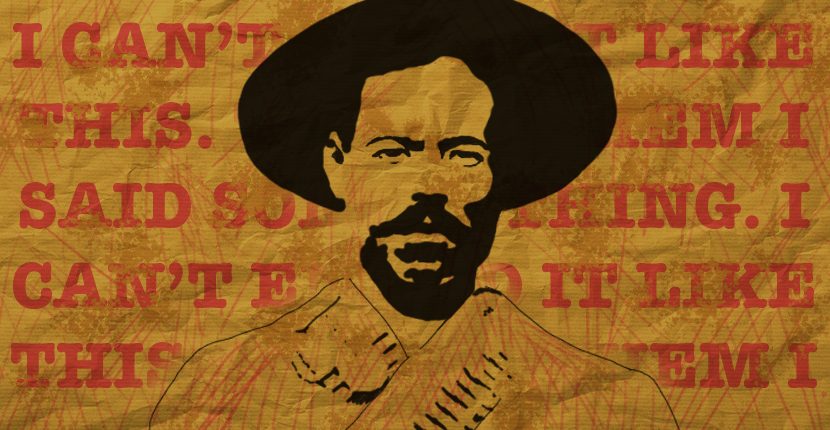“It can’t end like this. Tell them I said something.” According to the legend, this is what Pancho Villa said the moment before he let out his final breath on July 20, 1923, yet there are some who dispute this and say it isn’t true at all.
A hailstorm of bullets launched towards the vehicle he was in that day ended it all for the famed Mexican revolutionary.
So most likely the last thing he ever said in his life is indeed made up, and probably he died without saying a word. In all honesty, there’s not a single piece of evidence to support the claim that he did. Nonetheless, it still is a sentence that lingers on whenever he is mentioned. The invention of invent a poetic way for him to die rather than letting him go quietly into the night serves to prove how significant and influential Francisco “Pancho” Villa was to the Mexican people.
“Men will not forget that Pancho Villa was loyal to the cause of the people,” wrote Mary Englar in her book from 2006, Pancho Villa: Rebel of the Mexican Revolution, in which she gives deep insight into who he was, where he came from, and most importantly why he will never be forgotten.
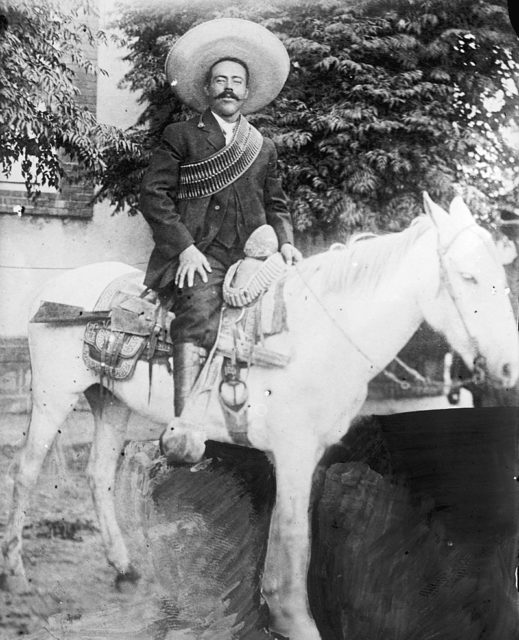
Doroteo Arango was born on June 5, 1878, in a tiny rural Mexican town, San Juan del Rio Durango, and was raised by parents who barely had anything to eat let alone a dime to spare, indentured to work on a farm owned by a wealthy landowner, one of the few rich and all-powerful Haciendados in Mexico at the time.
They controlled all of the wealth and lived in grand mansions, piggybacking on everyone else who practically were slaves to them. While the wealthy families lived in luxury, had toilets made out of gold inside their grand mansions and did whatever they wanted to whomever they wished, all others were struggling to survive, working day and night.
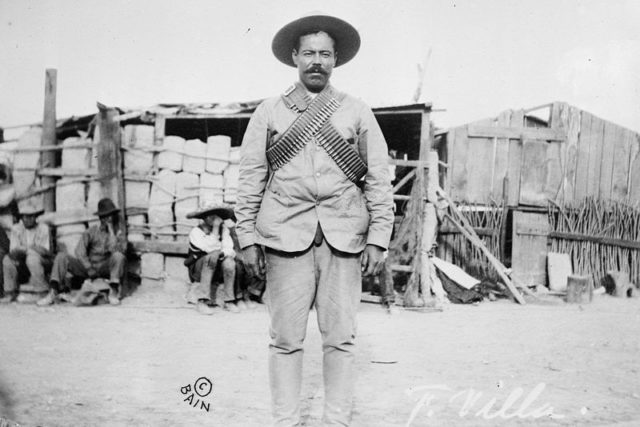
Times were hard for most Mexicans at the end of the 19th and beginning of the 20th centuries. And a little kid was in the same rot as almost everyone else.
As soon as he learned to walk, he began helping his mom and dad make ends meet until his father died. As the eldest, the 15-year-old boy was to take care of the family, which he did. Unfortunately, he had to pay for it with his life or flee.
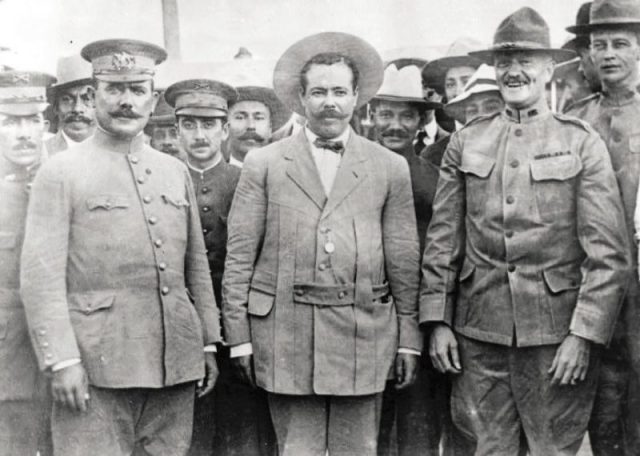
Sources say his 12-year old sister was sexually assaulted one night in 1894, by the Haciendado they were working for. In her defense, Arango shot the man, then packed his bags and rode off to the Sierra Madre, where he spent the following six years on the run hiding deep in the mountains, living a life as a fugitive.
Not much is known about him during that time, except that he changed his name to Francisco Villa to evade the authorities, and the fact that he was not the only person using the mountain range as a hideaway.

A group of desperados fed up of being ill-treated and trodden down were leading a Robin Hood-style lifestyle. They robbed banks, the rich and their luxurious haciendas, sharing the loot with the poor and the underprivileged. Very soon Villa became the leader of this pack of banditos and a folk hero among the commoners, who lionized him for what he stood for.
“My sole ambition is to rid Mexico of the class that has oppressed her and give people a chance to know what real liberty means. And if I could bring that about today by giving up my life, I would do it gladly.”
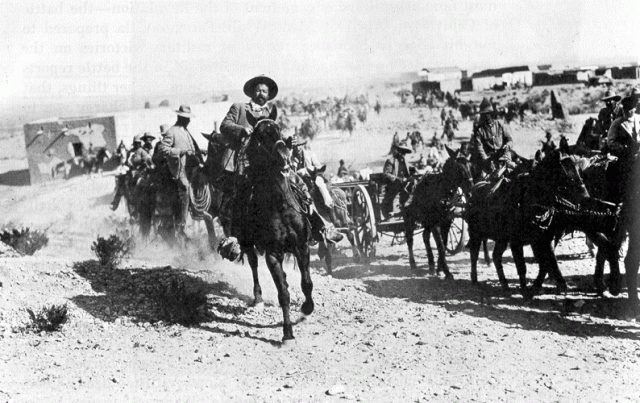
By 1910 the underclass in the country became increasingly displeased. Word of a gallant hero lauded for his “rob from the rich and give it to the poor” noble cause came to the attention of Francisco Ignacio Madero González, who was leading an uprising against the corrupt president Vida Porfirio Diaz. This would ultimately spark the Mexican Revolution against his regime the same year.
Helped by Villa and his notorious Los Dorados (“The Golden Ones”) company in the north, and Emiliano Zapata and his noble followers in the South of the country, Madero promised to change the lives of the underprivileged if the uprising was a success. They managed to overthrow Diaz within months.
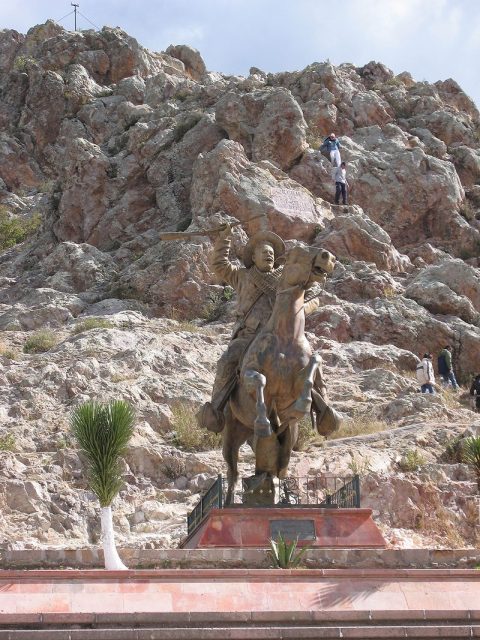
He was appointed as the 33rd president of Mexico in 1911. Villa, who emerged victorious so many times against Diaz’s Federalist soldiers on the battlefield and played a crucial role in solidifying the northern resistance overall, was appointed as a colonel in his army.
It looked as if Mexico was on the right track towards Democracy at last, when on February 22, 1913, Madero and his Vice President were assassinated during a coup staged by Victoriano Huerta, Madera’s mighty general during the Mexican Revolution. Shortly afterwards, Huerta seized power and became the new president.
Villa was behind bars by this time already, thrown into a prison for allegedly trying to steal the general’s horse.
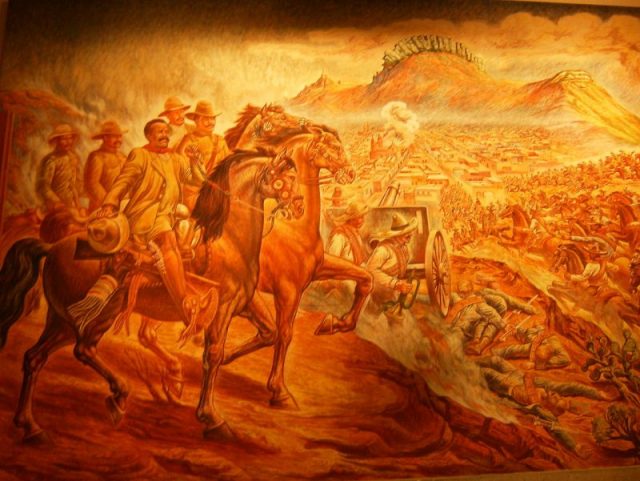
But four iron walls were not enough to stop Villa from escaping. In Mexico City, he met up with his fellow revolutionaries, Emiliano Zapata and Venustiano Carranza, with whom he planned to bring down Huerta. They wanted revenge for the despicable betrayal towards them, Madera, and most of all, to the cause and the people.
Another president was brought to justice thanks to Villa and the United States, who stood behind his endeavors and supported his cause with equipment and firearms. Some of his acts on the battlefield were filmed, making a movie star out of him. Hollywood’s Mutal Film Company signed a contract with Villa in 1913 and were there filming some of the battles fought close to the U.S. border.
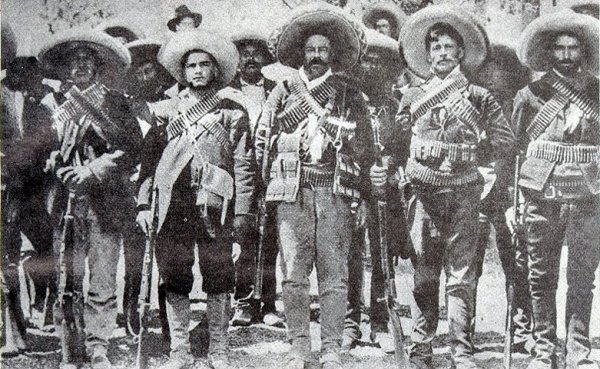
Already a larger-than-life hero among the peasants in the north, Villa quickly gathered an army out of dispirited deserters, idealists, and those who had nothing to lose and everything to gain by fighting shoulder to shoulder with the experienced revolutionary leader. He called them The Division of the North, the most powerful fighting force the country has ever seen, and marched towards New Mexico.

They reputedly never lost a battle against Huerta’s men and very soon liberated the state of Chihuahua, where Villa appointed himself governor of this free piece of land. Helped by Zapata, who pushed from the south, and Carranza with his constitutionalist army, Villa overthrew the president in 1914 and helped Carranza be named the head of state in 1915.
Within two years, Carranza was appointed President. The first who was supposed to rule under a brand new revolutionary Mexican Constitution.
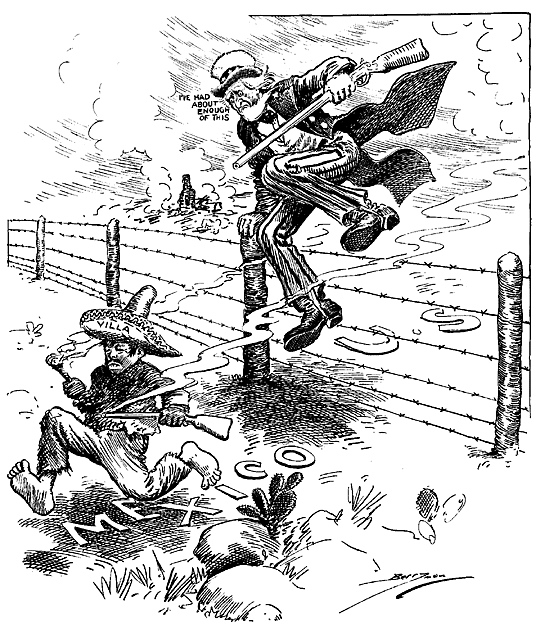
He didn’t rule as he promised he would, though. On the contrary. Instead of empowering the labor force and implementing the land reforms guaranteed by the new constitution, Caranza, once firmly in power, went after his political rivals. One of them was Villa and his Division of the North.
Villa tried to rebel against Caranza and his new ally Alvaro Obregon, but it was to no avail. His mighty cavalry didn’t stand a chance against his heavy machinery and had to retreat. Ironically, in 1920, Caranza was double-crossed by Obregon, his former friend, who assassinated him as he was fleeing from Mexico and took his place.
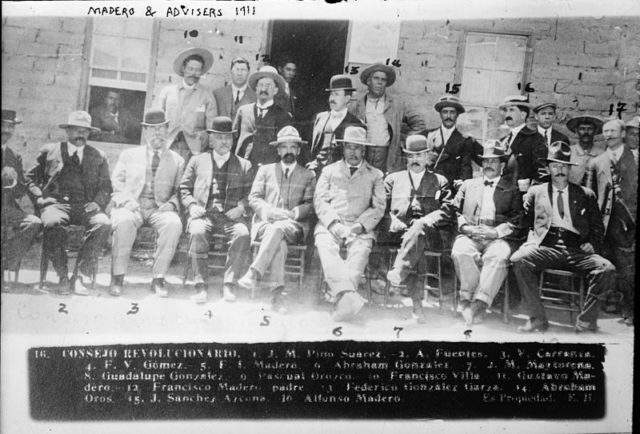
Three years later the same thing happened to Villa. He was taken down by seven unidentified men who opened fire and launched 40 bullets towards his 1919 Dodge Roadster in Parral, Mexico. Villa was hit nine times. Four of them were in the head.
Did he say something? There was one survivor who is believed to be the one that spread the rumor of his famous last words.
“It is better to die on your feet than live on your knees,” Emiliano Zapata once declared.
And Francisco Villa, his friend, “the cattle rustler and mule driver from Durango, who for ten roistering, rampaging years, was the joy and terror of the Mexican Revolution,” most likely didn’t say a thing the moment when he died. But he said a lot throughout his life — and never kneeled.
